
Since the first exoplanet was confirmed orbiting a sunlike star in 1995, scientists have discovered over 5,000 of these distant worlds.
More than half of these discoveries were made by NASA's Kepler space telescope, which launched in 2009 to determine how common Earth-like planets are throughout the Milky Way galaxy. The Kepler space telescope was retired in 2018 having discovered more than 2,600 exoplanets.
Discovering the first true "alien Earth" is a long-held dream of astronomers — and recent exoplanet discoveries have shown that small, rocky worlds like our own are abundant in our galaxy.
For a planet to be considered potentially life-friendly, it must be relatively small and rocky, and it must orbit within the habitable or "Goldilocks" zone of its star. This zone is loosely defined as a region where water can exist in liquid form on the planet's surface. As telescope technology advances, additional factors like the planet's atmospheric composition and the activity level of its parent star are also taken into account.
While Earth 2.0 remains elusive, here are the closest known analogs to our home planet.
1. Gliese 667Cc
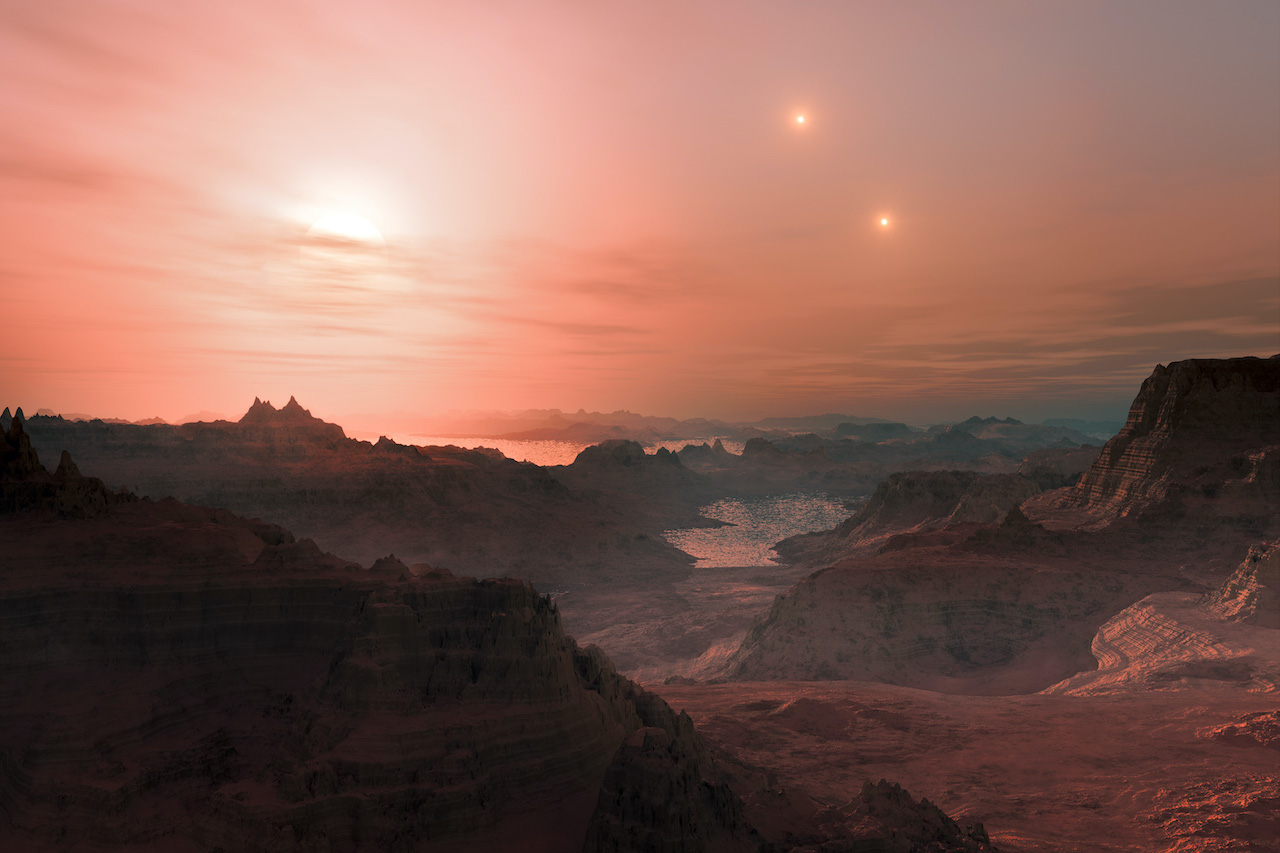
Gliese 667Cc lies just 22 light-years from Earth, and is at least 4.5 times as massive as Earth, according to NASA's Jet Propulsion Laboratory. Gliese 667Cc completes one orbit around its host star in a mere 28 days, but that star is a red dwarf considerably cooler than the sun, so the exoplanet is thought to lie in the habitable zone.
However, Gliese 667Cc, discovered using the European Southern Observatory's 3.6-meter telescope in Chile, might orbit close enough to its red dwarf star to be scorched by flares.
2. Kepler-22b
Kepler-22b lies 600 light-years away. It was the first Kepler planet found in the habitable zone of its parent star, but the world is considerably larger than Earth — about 2.4 times our planet's size. It's unclear if this "super-Earth" planet is rocky, liquid or gaseous.
Kepler-22b's orbit of 290 days is fairly similar to Earth's 365, Space.com previously reported. The exoplanet orbits a G-class star like our sun, but this star is smaller and colder than Earth's.
3. Kepler-69c
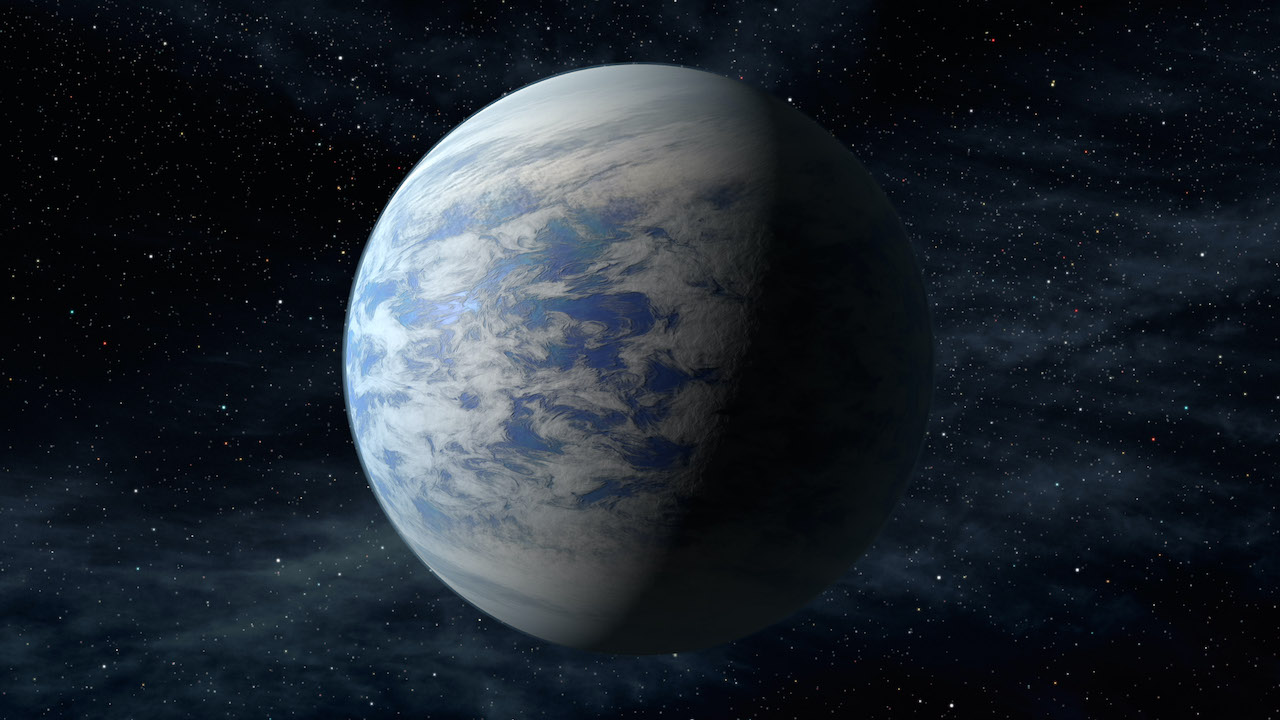
Kepler-69c, which is about 2,700 light-years away, is about 70 percent larger than Earth. So, once again, researchers are unsure about its composition.
The planet completes an orbit every 242 days, positioning it similarly to Venus in our solar system. However, since Kepler-69c's host star is about 80 percent as luminous as the sun, the planet appears to reside in the habitable zone.
4. Kepler-62f
Kepler-62f is about 40 percent larger than Earth and orbits a star much cooler than our sun, according to NASA. Its 267-day orbit, however, puts Kepler-62f squarely within the habitable zone. While Kepler-62 orbits closer to its red dwarf star than Earth does to the sun, the star produces much less light.
Kepler-62f lies about 1,200 light-years away and, due to its large size, is within the range of potentially rocky planets that may hold oceans.
5. Kepler-186f
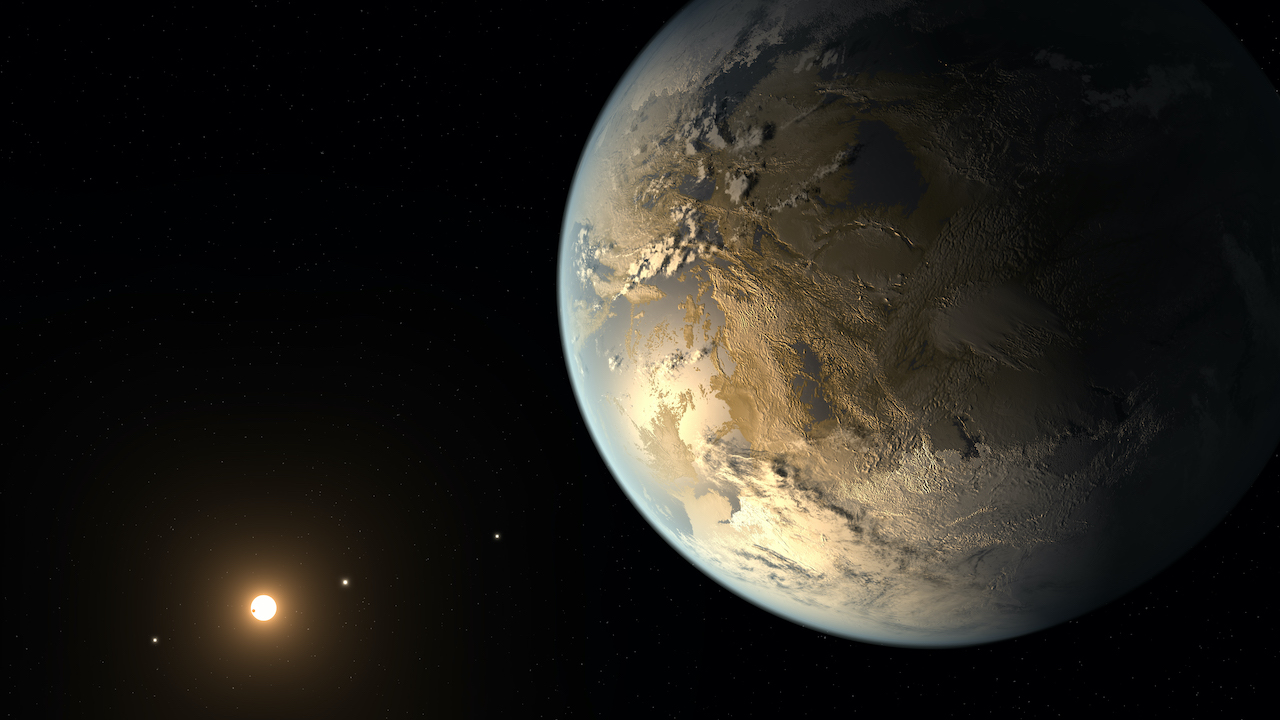
This planet is at most 10 percent larger than Earth, and it also appears to reside in the habitable zone of its star, though on the zone's outer edge; Kepler-186f receives just one-third of the energy from its star that Earth gets from the sun.
Kepler-186f's parent star is a red dwarf, so the alien world is not a true Earth twin. The planet lies about 500 light-years from Earth.
Related: What would it be like to live on alien planet Kepler-186f?
6. Kepler-442b
Kepler-442b is 33 percent larger than Earth and completes an orbit of its star every 112 days, according to a NASA press release. The discovery of Kepler-442, situated 1,194 light-years away from Earth, was announced in 2015.
One study, published in the Monthly Notices of the Royal Astronomical Society in 2021, found that this exoplanet may receive enough light to sustain a large biosphere. The researchers analyzed the likelihood of different planets being able to carry out photosynthesis. They found that Kepler-442b receives sufficient radiation from its star.
7. Kepler-452b
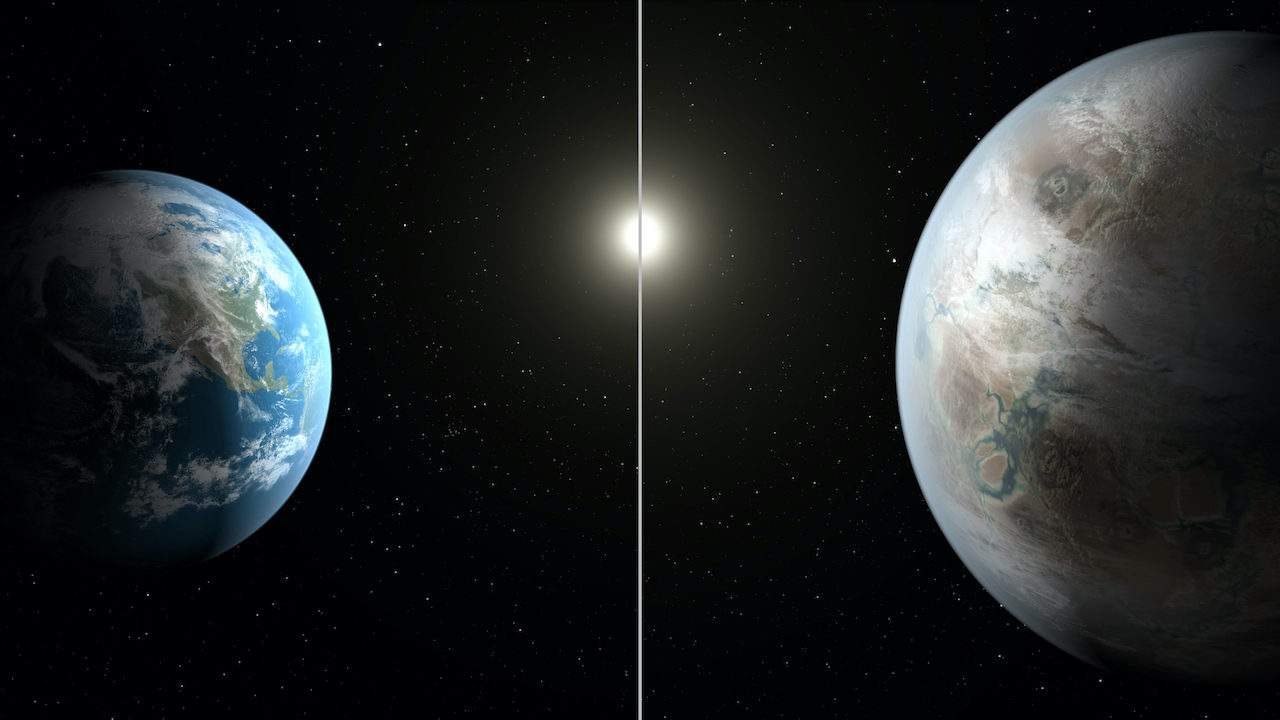
This world, whose discovery was announced in 2015, is the first near-Earth-size planet that orbits around a star the size of the sun, according to NASA exoplanets. Kepler-452b is 60 percent larger than Earth and its parent star (Kepler-452) is 10 percent larger than the sun. Kepler-452 is very similar to our sun, and the exoplanet orbits in the habitable zone.
At 1.6 times the size of Earth, Kepler-452b has a "better than even chance" of being rocky, its discoverers have said. Kepler-452b resides 1,400 light-years from Earth. It takes Kepler-452b just 20 days longer to orbit its star than Earth does.
Related: Kepler-452b: What It Would Be Like to Live On Earth's 'Cousin'
8. Kepler-1649c
When the data from NASA's Kepler Space Telescope was reanalyzed, scientists discovered Kepler 1649c. The exoplanet was found to be similar in size to Earth and orbiting in its star's habitable zone.
During the initial data collection from the telescope, a computer algorithm misidentified the astronomical body, according to NASA, but in 2020 it was discovered to be a planet.
Kepler-1649c is located 300 light-years from Earth and is only 1.06 times larger than it. When comparing the light that the two planets receive from their stars, scientists found that this exoplanet receives 75 percent of the light Earth does from the sun.
9. Proxima Centauri b
Proxima Centauri b is located just four light-years away from Earth, making it Earth's closest known exoplanet, according to NASA. The exoplanet, which was discovered in 2016, has a mass that is 1.27 times that of Earth's.
Although the exoplanet can be found in the habitable zone of its star, Proxima Centauri, it is exposed to extreme ultraviolet radiation. This is because it lies very close to its parent star and has an orbital period of just 11.2 days.
Related: Alpha Centauri — Facts about the stars next door
10. TRAPPIST-1e
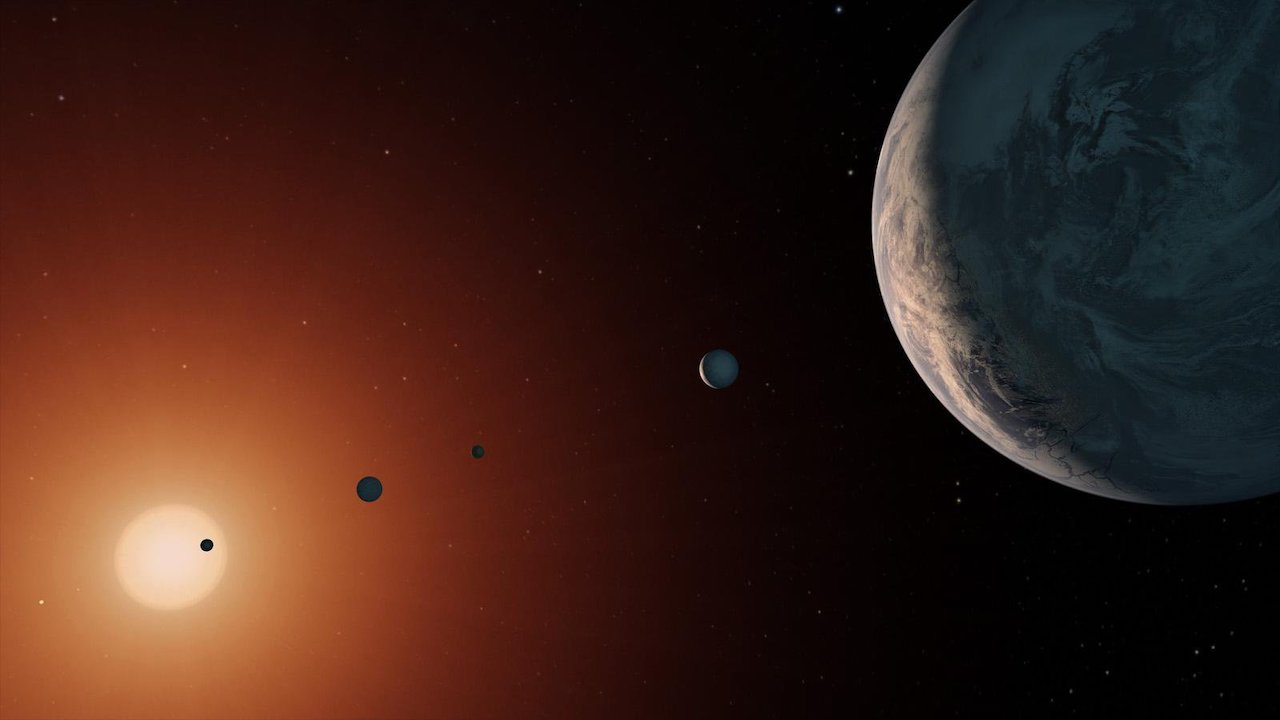
Orbiting the star TRAPPIST-1 are the most Earth-sized planets ever discovered in the habitable zone of a single star. This planetary system is made up of seven worlds.
Water on most of these planets is likely to have evaporated early in the system's formation, Space.com previously reported. However, a 2018 study found that some of these planets could hold more water than Earth's oceans. One of the worlds, called TRAPPIST-1e, is thought to be the most likely to support life as we know it.
Additional resources
For the latest research and exoplanet discoveries, head to NASA's Exoplanet Exploration page. If you want a closer look at Proxima Centauri b and other exoplanets, 3D models are available on NASA's website.
Bibliography
"Efficiency of the oxygenic photosynthesis on Earth-like planets in the habitable zone". Monthly Notices of the Royal Astronomical Society, Volume 505, Issue 3 (2021). https://academic.oup.com/mnras/article/505/3/3329/6278213?searchresult=1
"The nature of the TRAPPIST-1 exoplanets". Astronomy and Astrophysics (2018). https://www.aanda.org/component/article
"Kepler Planet-Detection Mission: Introduction and First Results". Science (2010). https://www.science.org/doi/abs/10.1126/science.1185402







